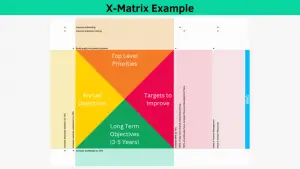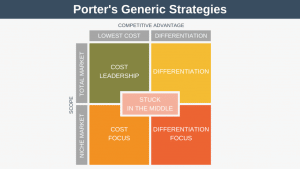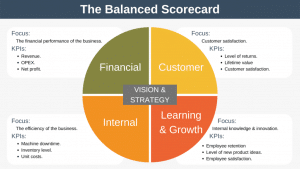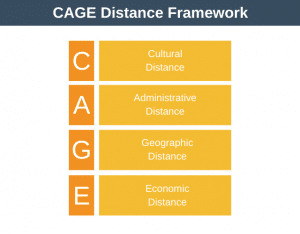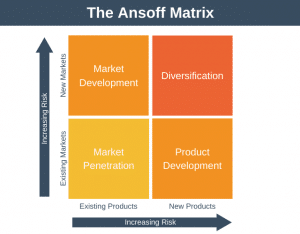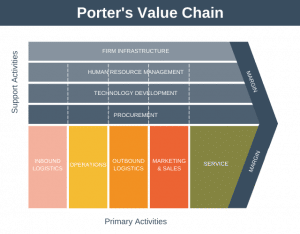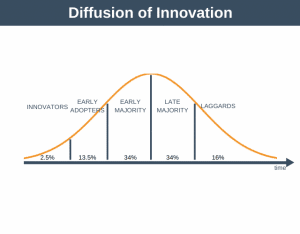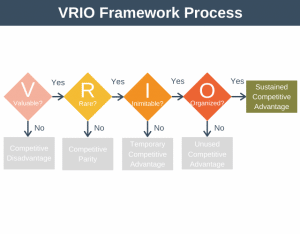Most models of strategy focus on how to gain advantage over your competitors, or how you can do what you do better than your competitors. Blue Ocean Strategy is different…
It operates at the product development stage and focuses on creating brand new markets.With Blue Ocean Strategy you are not focused on being better than or beating your competitors, you are focused on making the competition of no importance to your business. Thus, blue oceans are defined as uncontested marketplaces where the new needs of existing or new customers are met. The term ‘red ocean’ is often used to refer to the strategy of competing in existing markets with a number of existing competitors. You can think of a red ocean as all the industries that exist today.The Blue Ocean Strategy aims to promote innovative thinking, because we no longer use competitors as our benchmark, instead concentrating on finding new markets and opportunities beyond current market boundaries. We are aiming to open up new markets rather than compete directly with our current nearest competitors.
When to use Blue Ocean Strategy
If you focus on how to beat the competition as part of strategy development this will typically lead you to a red ocean strategy. If desired, senior management should deliberately steer strategy towards blue ocean to avoid red ocean strategy and weakening all the players in the existing marketplace. The desired result from blue ocean strategic thinking is a completely new value curve, as a result of launching a completely new product or finding new angles of opportunity within the existing market.
How to use Blue Ocean Strategy
It is important to note that Blue Ocean Strategy is not a prescribed series of steps which can be followed and it is therefore not easy to implement, rather, it is a concept which can be kept in mind to help focus your strategic efforts on blue oceans. One way to get started is by answering the following four questions:
- What problems does the industry take for granted which we should eliminate?
- Which aspects of our industry should be reduced well below the industry standard?
- Which aspects should be promoted far above the industry standards?
- What should be offered that the industry has never offered?
Essentially we are looking at addressing customer needs rather than competing with our competitors. There are also 6 blue ocean principles which we can use to help us create these blue ocean marketplaces.
- Principle 1: recreate market boundaries by searching for commercially viable blue oceans.
- Principle 2: focus on the big picture, not the detailled figures.
- Principle 3: don’t think about existing customer demand, think beyond it.
- Principle 4: think about strategic sequencing. Focus your efforts on building a strategy that ensures long-term growth.
- Principle 5: overcome organizational hurdles.
- Principle 6: embed execution into the strategy. Build employee motivation and use their competencies to execute the strategy.
If you’d like to learn more about blue ocean strategies, then the best book on the subject is probably Blue Ocean Strategy: How to Create Uncontested Market Space and Make the Competition Irrelevant.
Blue Ocean Strategy Example
The best example of Blue Ocean Strategy that I know of is that of Apple launching the iPhone. Before Apple launched the iPhone there were a number of analysts who predicted Apple’s imminent failure in the handset market, after all, competing with phone manufacturers was not like competing with PC manufacturers – handset manufacturers were much more dynamic organizations releasing new handsets almost weekly, and they also had strong existing business relationships with all of the cellular operators.
In addition to this handsets were subsidized meaning that consumers did not pay for them except by signing up to a monthly call plan.
What the analysts did not realize is that by entering the handset market Apple would dramatically redefine the market, by creating a product so well designed, so user friendly, and thus so desirable, that consumers would be willing to hand over their hard earned cash to get hold of one.
This is a great example of Blue Ocean Strategy as Apple created a brand new market whereby customers were actually willing to pay for their devices (a first) if they were great. There is a great article by Chris Dixon with some fascinating and intelligent comments on Apple’s entry into different markets here, which provides much more detail on the example I’ve given.
Summary
In summary, Blue Ocean Strategy is a way to focus strategic thinking towards the creation of new markets which currently don’t exist. In today’s fast moving and hectic enterprises, project managers and program managers are often to asked to manage very vague concepts through to delivery. If this is the case with the projects and programs you’re asked to manage then you should consider using Blue Ocean Strategy as an exercise to think about the best way to achieve your aim.

